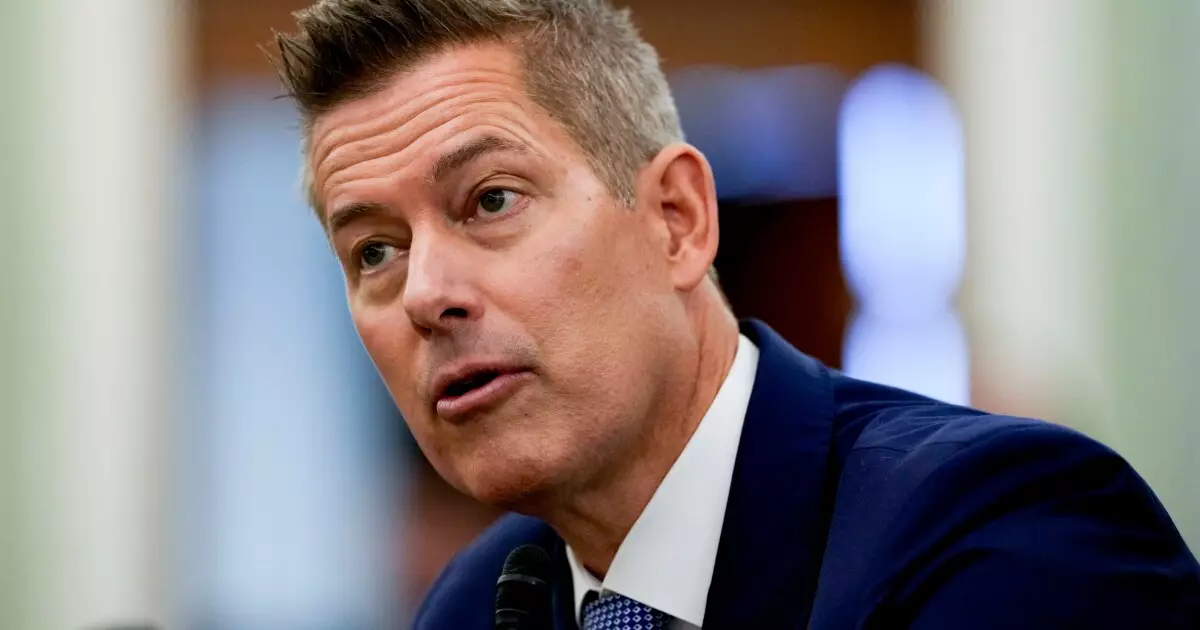The recent announcement by the U.S. Department of Transportation to release a whopping $3.2 billion in infrastructure funding highlights an urgent and critical turning point for America’s public works. This funding is not just a fiscal maneuver; it represents a necessary evolution away from the ideologically charged hoops that previous administration policies imposed on essential development. As we see the unblocked funding flow towards over 3,200 projects, it becomes clear that America is not only building again but is also shedding the burdensome chains of unnecessary requirements that once inhibited progress.
Unraveling the Red Tape: A Path to Practical Solutions
Under the guise of promoting diversity, equity, and inclusion (DEI), the last administration strangled infrastructure projects with red tape – a fatal flaw that delayed reconstruction and millions in cost overruns. The new administration’s decision to eliminate these burdensome mandates and instead focus on practical, real-world solutions strikes a profoundly positive chord. Transportation Secretary Sean P. Duffy articulated a reality that resonates: America cannot afford to prioritize sociopolitical ideals over the tangible demands of infrastructure development.
Instead of empowering decision-making based on local needs, the previous directives from Washington muddied the waters, layering costly and time-consuming bureaucratic tasks on top of crucial projects. By cutting these chains and focusing on substantive infrastructure work, American citizens can finally expect a return on investment in the form of better roads, revitalized airports, and improved transportation systems.
On the Ground Benefits: A Ripple Effect
Investing in infrastructure is not merely about erecting new buildings or fixing old roadways; it’s about creating jobs, fostering local economies, and ensuring long-term development that is sustainable. The $1.95 million directed towards the FAA’s Airport Improvement Program or the notable $494 million for low or no-emission bus grants are clear signs that the current policy seeks to balance modern needs with progressive ideologies—a requirement for the 21st century.
For instance, the funding dedicated to revitalizing the I-10 bridge in Mobile, Alabama, aims at resolving a significant backlog that not only impacts traffic but also critically affects commerce in the region. It is far too easy to overlook the real-world implications of delayed infrastructure projects. Our roads and bridges are the veins of America; when they cease to function optimally, the heartbeat of economic mobility falters.
Eliminating Environmental Ideology: The Economic Argument
It’s clear that environmental regulations tied to climate change assessments and unnecessary greenhouse gas emission reporting often overcomplicate and inflate construction costs. The taxpayer ultimately bears this burden. Striking these demands from the funding requirements, as stated by the DOT, promises not only to cut millions from project costs but to unleash economic growth that can benefit the very communities that these projects aim to serve.
While acknowledging the importance of environmental considerations, is it prudent to prioritize these concerns over the fundamental need to maintain and improve our infrastructure? The stark reality is that ideologically driven goals must relinquish their hold in favor of actionable, outcome-focused results. Infrastructure can—and should—be a bipartisan effort where results trump politically correct posturing.
The flood of funding and the clear departure from leftist ideologies signal a welcome shift toward practical management of America’s infrastructure challenges. The new focus prioritizes functionality and cost-efficiency over adherence to a rigid ideological framework that hinders progress. By championing this practical approach, we can ensure that infrastructure becomes a beacon of hope, development, and economic vitality instead of a victim of partisan gridlock.
In this pivotal moment, it’s crucial for all stakeholders—be they policymakers, social activists, or everyday citizens—to recognize that our nation’s backbone lies not in progressive ideologies, but in the concrete and steel that connect us. This is America building again, on the basis of common sense and rooted in the unwavering truths of practical necessity.

